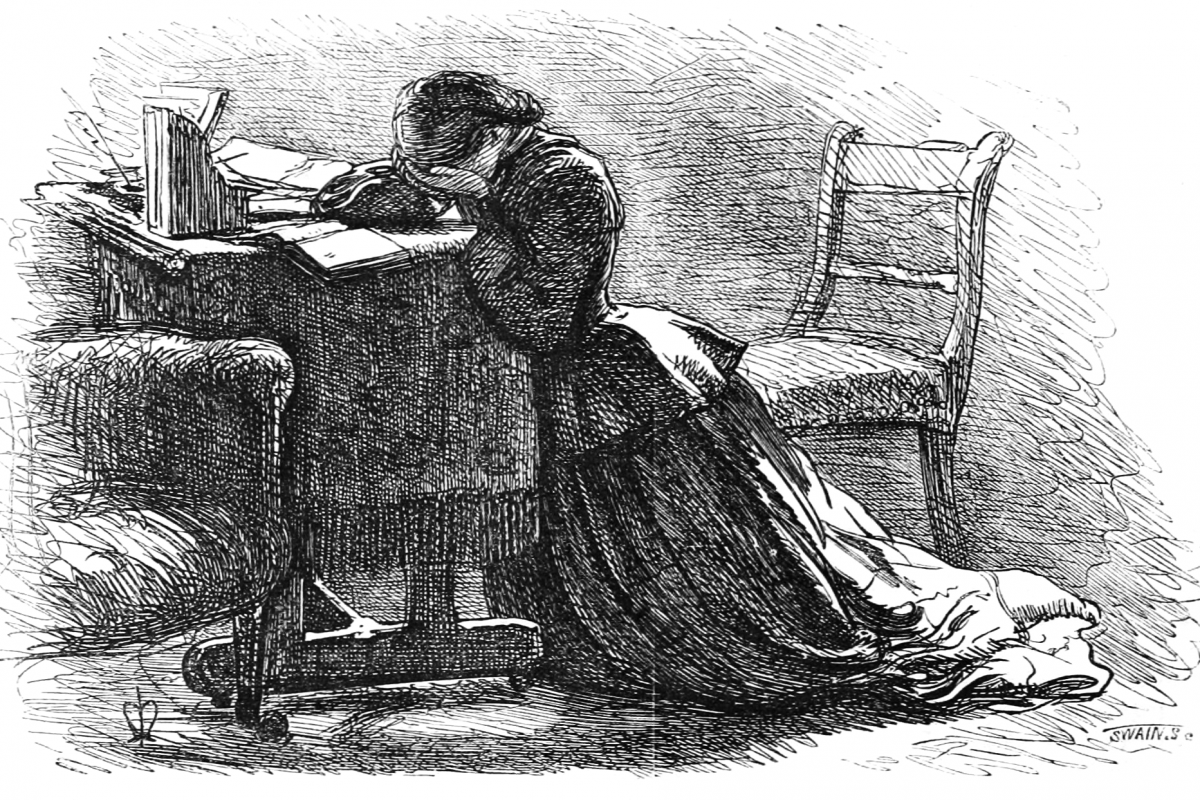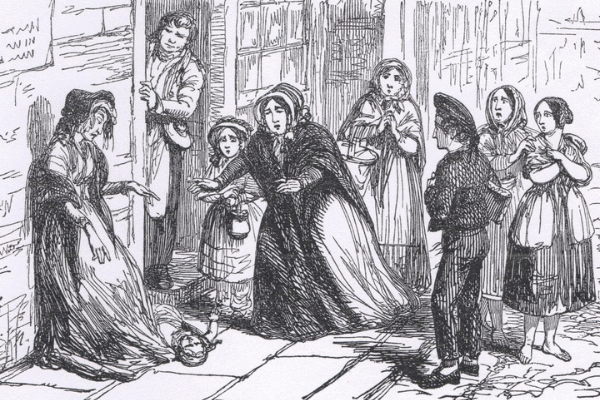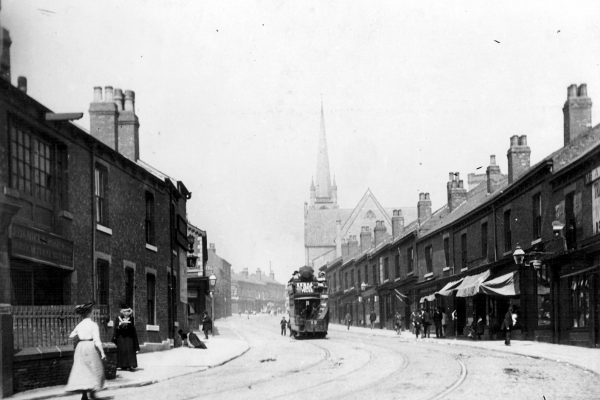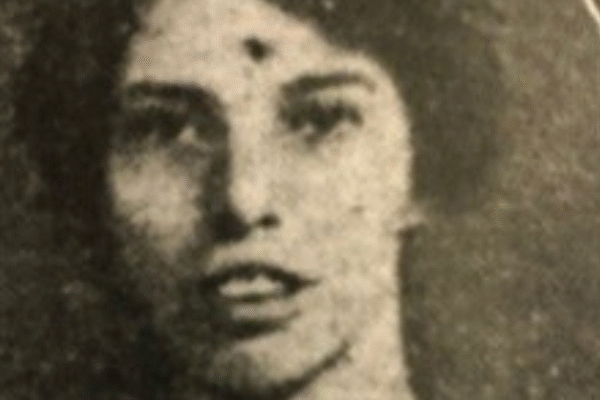
Illustration for the poem: A Wife, 1860. Source: Wikimedia.
During the nineteenth century, the gap between women born or married into the middle classes, and those born into poverty, was unimaginable. Women in poverty led lives which were difficult and occasionally dangerous. The chances for young women to rise out of poverty trap were virtually nil, handicapped as they were by lack of education, poorly paid work, and the constant struggle to feed a family. Although there were women who, coming from a working background, found the confidence and courage to forge their own paths, a few were so downtrodden that they took refuge in drugs or drink which almost always led to utter destitution and premature death.
However by 1923, when the Matrimonial Causes Act was passed, for the first time either partner in a marriage could petition for divorce on the grounds of adultery. Previously this option had only been available to men.
You can read more about the lives of women buried in the Cemetery in the Sheffield General Cemetery Trust’s publication A Woman’s Place.






